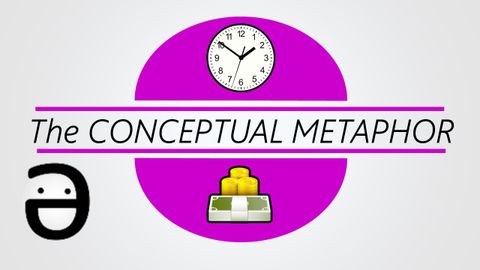
Subtitles & vocabulary
Explained: The Conceptual Metaphor
00
阿多賓 posted on 2014/01/16Save
Video vocabulary
time
US /taɪm/
・
UK /taɪm/
- Uncountable Noun
- Speed at which music is played; tempo
- Point as shown on a clock, e.g. 3 p.m
- Transitive Verb
- To check speed at which music is performed
- To choose a specific moment to do something
A1TOEIC
More money
US /ˈmʌni/
・
UK /'mʌnɪ/
- Noun (Countable/Uncountable)
- Coins or notes we use to pay for things
A1TOEIC
More day
US /de/
・
UK /deɪ/
- Noun (Countable/Uncountable)
- A period of 24 hours beginning at midnight
- The period of time when it is light outside
A1
More Use Energy
Unlock All Vocabulary
Unlock pronunciation, explanations, and filters
